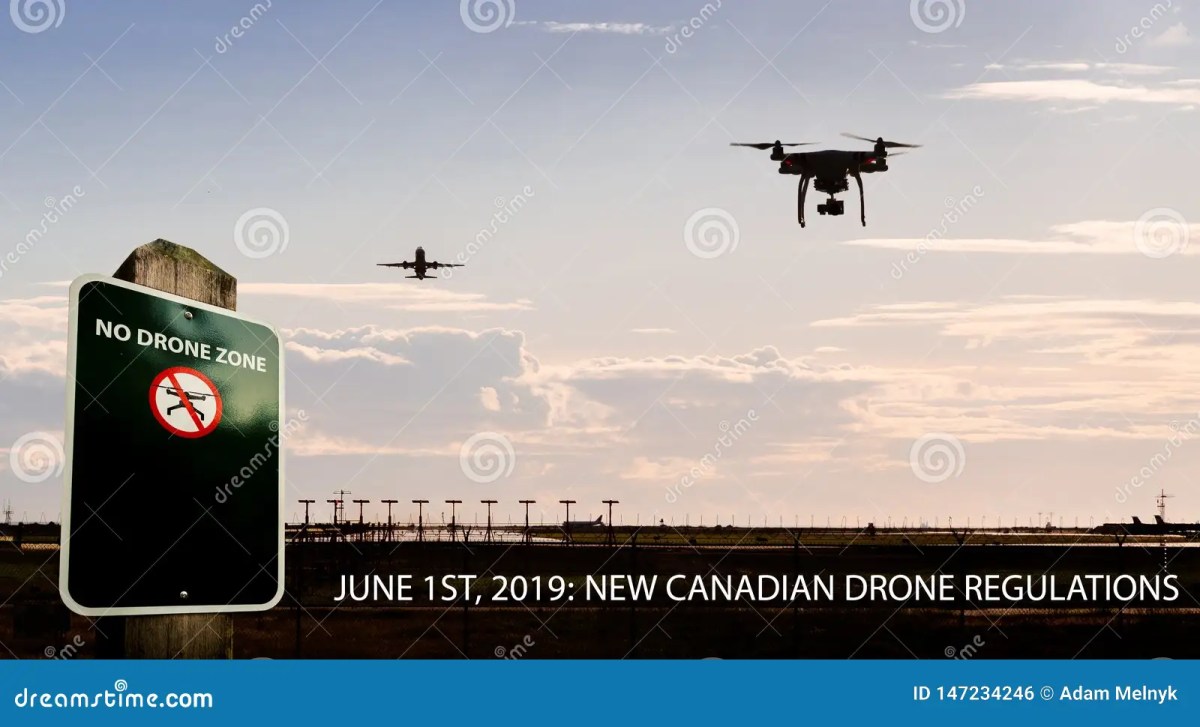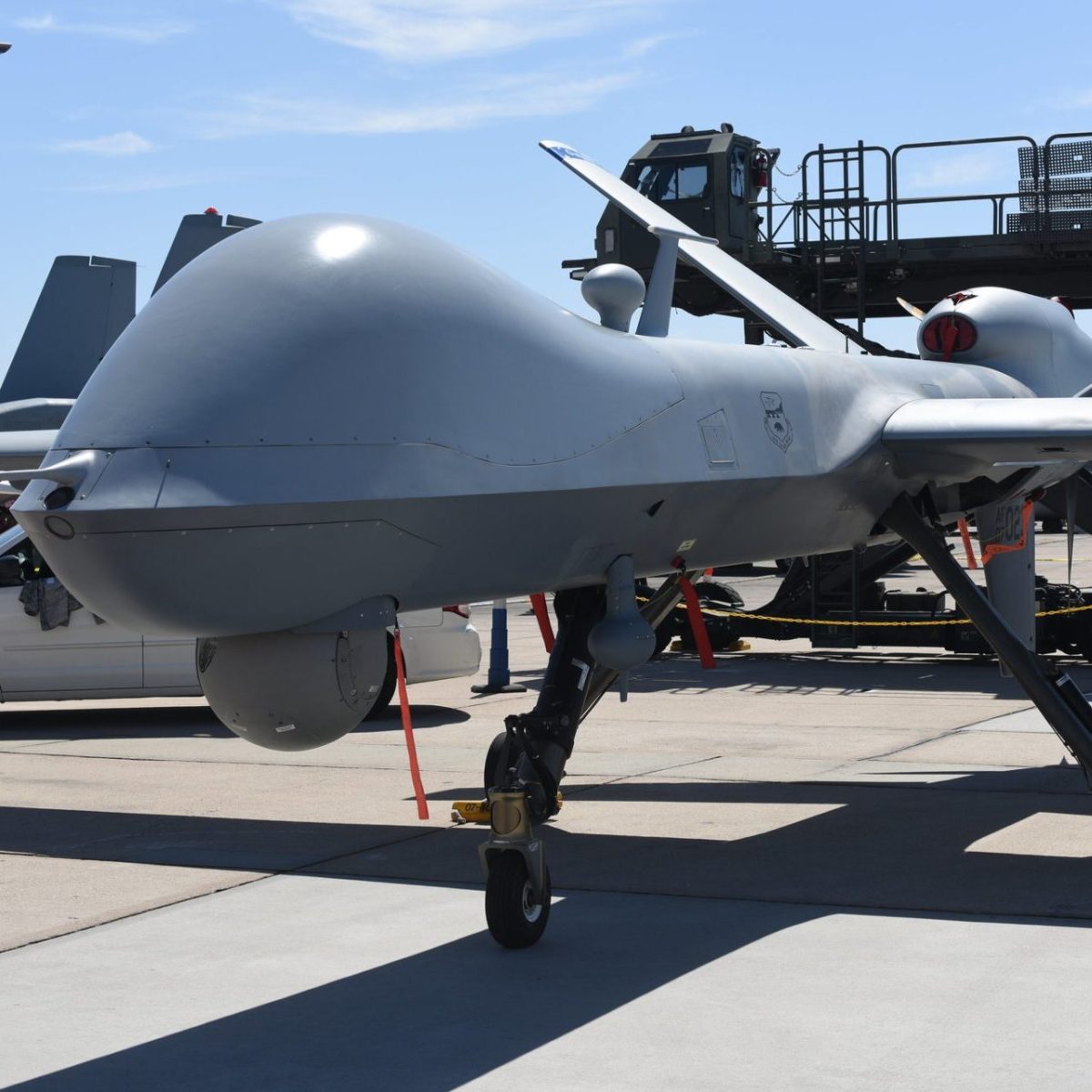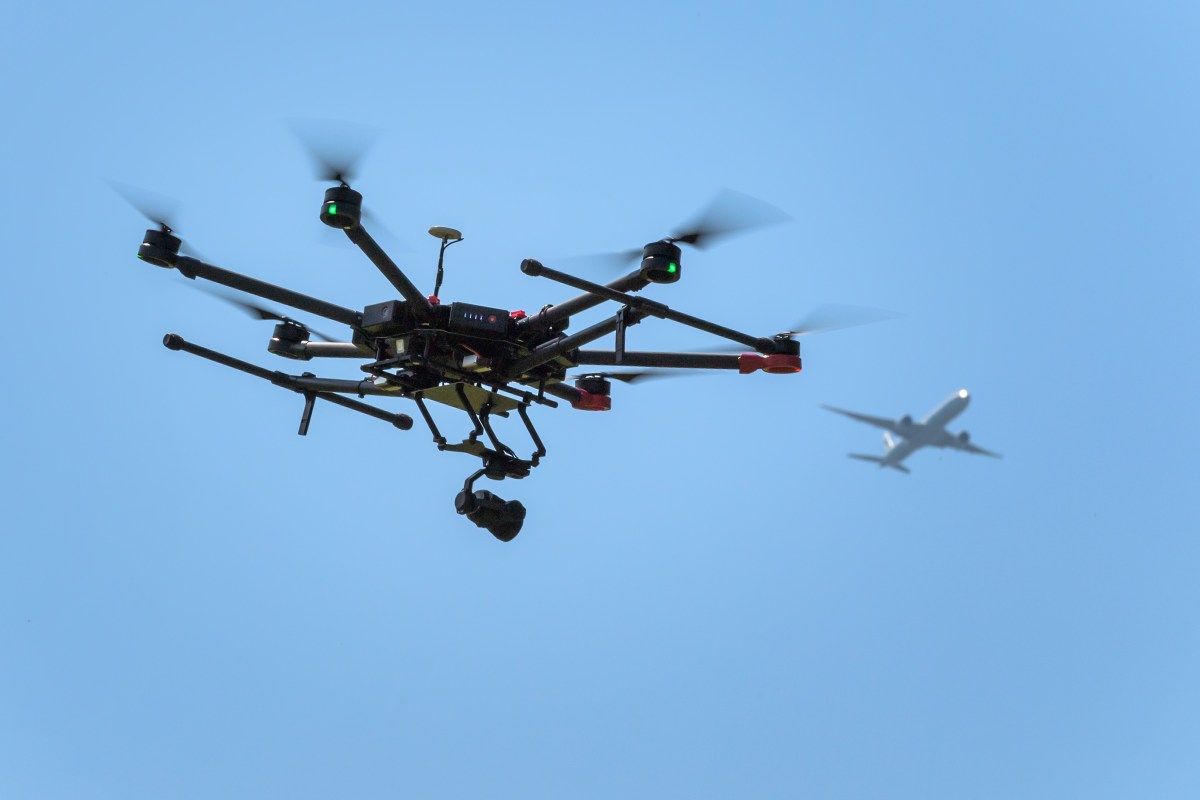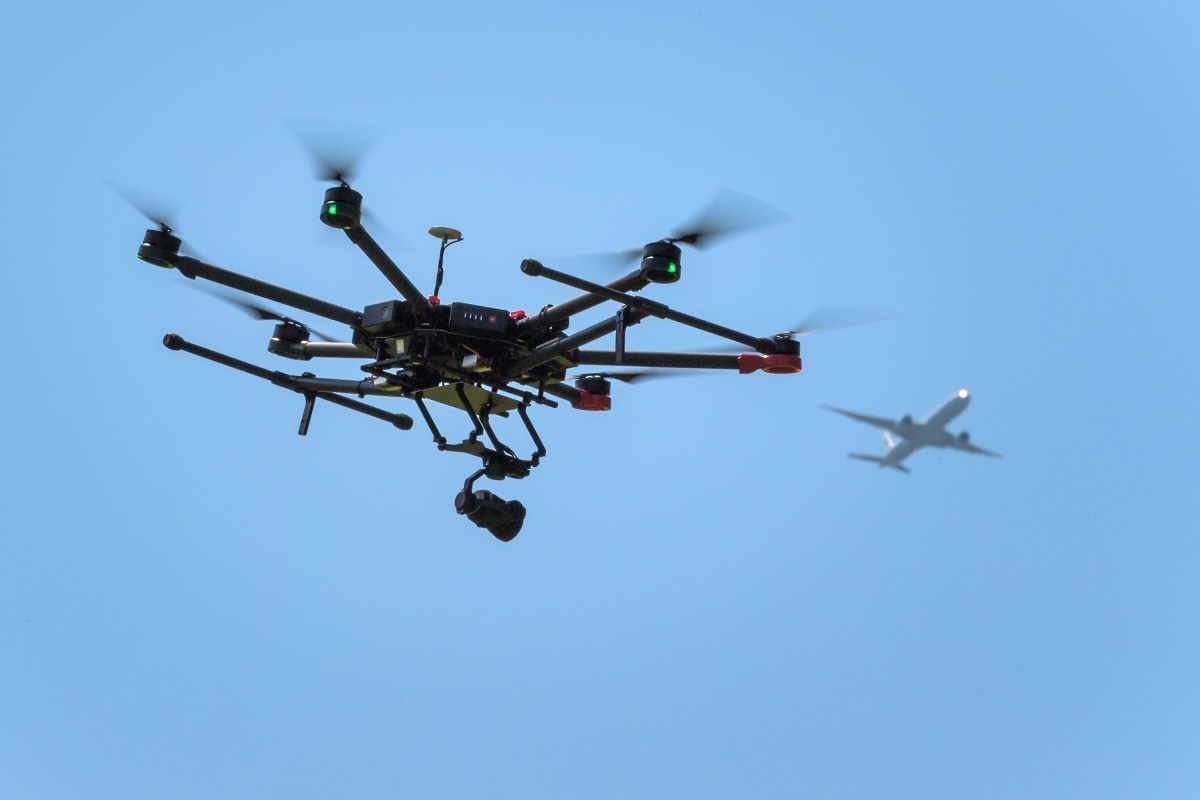New Canadian drone regulations have significantly reshaped the landscape for both recreational and commercial drone operators. These updated rules aim to enhance safety, manage airspace effectively, and foster responsible drone use across the country. Understanding these regulations is crucial, whether you’re a seasoned professional or just starting out with your first drone.
This guide breaks down the key changes, outlining registration processes, operational restrictions, safety procedures, and the potential penalties for non-compliance. We’ll explore the impact on various user groups and delve into future trends shaping the Canadian drone industry. Let’s get started!
Overview of New Canadian Drone Regulations
Canada’s drone regulations are constantly evolving to keep pace with technological advancements and safety concerns. Recent updates have significantly impacted how drones are operated, requiring increased awareness and compliance from all users, whether recreational or commercial. These changes aim to enhance safety, protect privacy, and manage the increasing integration of drones into Canadian airspace.
Key changes include stricter registration requirements, more defined airspace restrictions, and clearer penalties for non-compliance. The rationale behind these changes, as Artikeld in Transport Canada documents, focuses on mitigating risks associated with drone operations, preventing accidents, and ensuring responsible use of this technology. This has led to a more robust regulatory framework, impacting operators through increased responsibilities and potentially higher operational costs.
The main impacts on drone operators include a need for increased awareness of airspace restrictions, more rigorous safety protocols, and a greater understanding of licensing requirements depending on the type and purpose of their drone operations. For commercial operators, the increased burden of compliance is significant, requiring investment in training and adherence to stricter operational guidelines.
Registration and Licensing Requirements
Registering a drone in Canada is now a more streamlined process, but the requirements vary based on the drone’s weight and intended use. Transport Canada’s website provides a clear guide to navigating the registration process. The registration process itself involves providing information about the drone and the owner, and obtaining a unique registration number. This number must be clearly displayed on the drone itself.
For commercial operations, licensing requirements are more stringent. Different license classes exist based on the complexity of the operation and the weight of the drone. Obtaining the appropriate license involves completing specific training courses and demonstrating competency in safe drone operation. These licenses are crucial for legal and insured commercial drone operations.
| License Type | Weight Limits | Operational Restrictions | Required Training |
|---|---|---|---|
| Basic Operation Certificate | Up to 25kg (Example) | Visual Line of Sight (VLOS), specific airspace limitations | Online course and practical exam (Example) |
| Advanced Operation Certificate | Up to 25kg and beyond (Example) | Beyond Visual Line of Sight (BVLOS) operations (with approval), more complex airspace limitations | Advanced online course, practical exam, and flight demonstration (Example) |
| Special Flight Operations Certificate | Varies depending on the operation | Highly restricted airspace, complex operations (e.g., night flights, operations near airports) | Extensive training and operational experience (Example) |
| Pilot Certificate (Recreational) | No specific weight limits, but often associated with lighter drones | VLOS, general airspace limitations | Online or in-person introductory course (Example) |
Operational Restrictions and Airspace Limitations
Canadian airspace is divided into zones with varying levels of restriction for drone operations. No-fly zones include airports, military bases, and other critical infrastructure. Approaching these areas requires special authorization and strict adherence to safety protocols. Flight near populated areas is also subject to specific rules to ensure public safety.
Examples of prohibited scenarios include flying a drone at night without the proper authorization, operating a drone beyond visual line of sight (VLOS) without a specific exemption, and flying a drone over a crowd or a private property without permission. Transport Canada’s website and mobile app provide tools to check airspace restrictions before each flight.
Determining permissible flight zones requires a step-by-step process. A flowchart would illustrate this process, starting with identifying the drone’s location and weight class, checking for nearby restricted airspace using available tools, assessing environmental factors (wind, weather), verifying compliance with local regulations, and finally, determining if flight is permitted. If restrictions are present, alternative flight plans or authorization procedures should be explored.
Safety and Operational Procedures

Safe drone operation is paramount. Mandatory procedures include maintaining visual line of sight (VLOS) with the drone at all times, unless specifically authorized otherwise. Operators must also ensure their drone is in good working condition, and they have a thorough understanding of its capabilities and limitations. Regular pre-flight checks are crucial.
Managing risks involves considering weather conditions, potential obstacles, and the surrounding environment. Operators must be prepared for unexpected situations and have contingency plans in place. Responsible drone operation requires a proactive approach to safety and risk mitigation.
Okay, so Canada’s got some new drone rules you need to know about – things are changing fast in the world of airspace management. To stay updated on all the latest developments, check out the news technology section for the most current info. Understanding these regulations is key to flying your drone legally and safely, so make sure you’re in the loop on the new rules before you take to the skies.
- Always maintain Visual Line of Sight (VLOS).
- Conduct thorough pre-flight checks.
- Be aware of weather conditions and avoid flying in adverse weather.
- Respect airspace restrictions and obtain necessary authorizations.
- Maintain a safe distance from people and property.
- Fly responsibly and avoid reckless behavior.
- Keep your drone within your sight at all times.
- Familiarize yourself with all relevant regulations and guidelines.
Penalties for Non-Compliance

Violating Canadian drone regulations can result in significant penalties, ranging from fines to legal action. The severity of the penalty depends on the nature and severity of the infraction. For example, flying in restricted airspace without authorization carries a much heavier penalty than a minor registration oversight.
Okay, so Canada’s got some new drone rules you need to know about. These changes affect everything from registration to flight zones. Understanding the processing power needed for advanced drone image analysis is key, and that’s where the nvidia geforce rtx 5070 comes in; its processing power could help with things like real-time obstacle avoidance.
So, familiarize yourself with the new regulations and consider the tech that can help you comply and fly safely.
Enforcement is carried out by Transport Canada and other relevant authorities. They utilize various methods, including inspections, investigations, and the use of technology to detect unauthorized drone activity. Cases of drone regulation violations and their consequences are publicly available, serving as a deterrent to irresponsible drone use.
Impact on Different Drone User Groups
The new regulations impact recreational and commercial drone users differently. Recreational users face simpler registration requirements and less stringent operational restrictions compared to commercial operators. However, all users are subject to airspace restrictions and safety regulations.
Industries using drones, such as agriculture, construction, and photography, experience both challenges and opportunities. The stricter regulations increase operational costs and complexity, but also enhance safety and public trust. Drone businesses must adapt to the new regulations to remain compliant and competitive.
Future Trends and Developments, New canadian drone regulations

Canadian drone regulations are expected to continue evolving. Advancements in drone technology, such as autonomous flight and beyond-visual-line-of-sight (BVLOS) operations, will necessitate further regulatory adjustments. The integration of drone traffic management systems (UTM) is also likely to influence future regulatory frameworks. The industry will need to adapt to these changes through ongoing training and investment in new technologies.
For example, the increasing use of drones for delivery services will likely lead to more specific regulations governing drone operations in urban environments. Similarly, the development of advanced sensing and avoidance technologies could lead to relaxations in some operational restrictions, while the need for enhanced cybersecurity measures will likely be reflected in future regulations.
Hey drone pilots! Canada’s got some new drone rules you need to know about, especially concerning airspace restrictions and registration. These regulations are pretty important, even if you’re just thinking about futuristic tech like the antigravity drone – which, by the way, might need its own set of rules someday! So, brush up on those Canadian drone regulations before you take to the skies.
Last Word
Navigating the new Canadian drone regulations requires careful attention to detail, but with a clear understanding of the rules and best practices, safe and responsible drone operation is achievable. Staying updated on future developments and adhering to safety guidelines ensures the continued growth and positive impact of the drone industry in Canada. Remember to always prioritize safety and responsible flight practices.
Navigating the new Canadian drone regulations can be tricky, especially with the tech constantly evolving. To stay ahead of the curve and ensure you’re operating legally, check out resources like drone mobile canada for updates on mobile drone tech and best practices. Understanding these resources is key to staying compliant with the ever-changing new Canadian drone regulations and avoiding any potential penalties.
FAQ Overview: New Canadian Drone Regulations
What’s the maximum weight limit for drones that don’t require registration?
Generally, drones under a certain weight (check Transport Canada’s website for the most up-to-date information) do not require registration.
Do I need a pilot license to fly a drone recreationally?
No, a pilot license is generally not required for recreational drone use, but you must still follow all other regulations.
What are the penalties for flying near an airport without authorization?
Penalties can be significant, including substantial fines and potential legal action. Always check for restricted airspace near airports before flying.
Where can I find the complete and updated regulations?
The official source for the most up-to-date Canadian drone regulations is the Transport Canada website.
